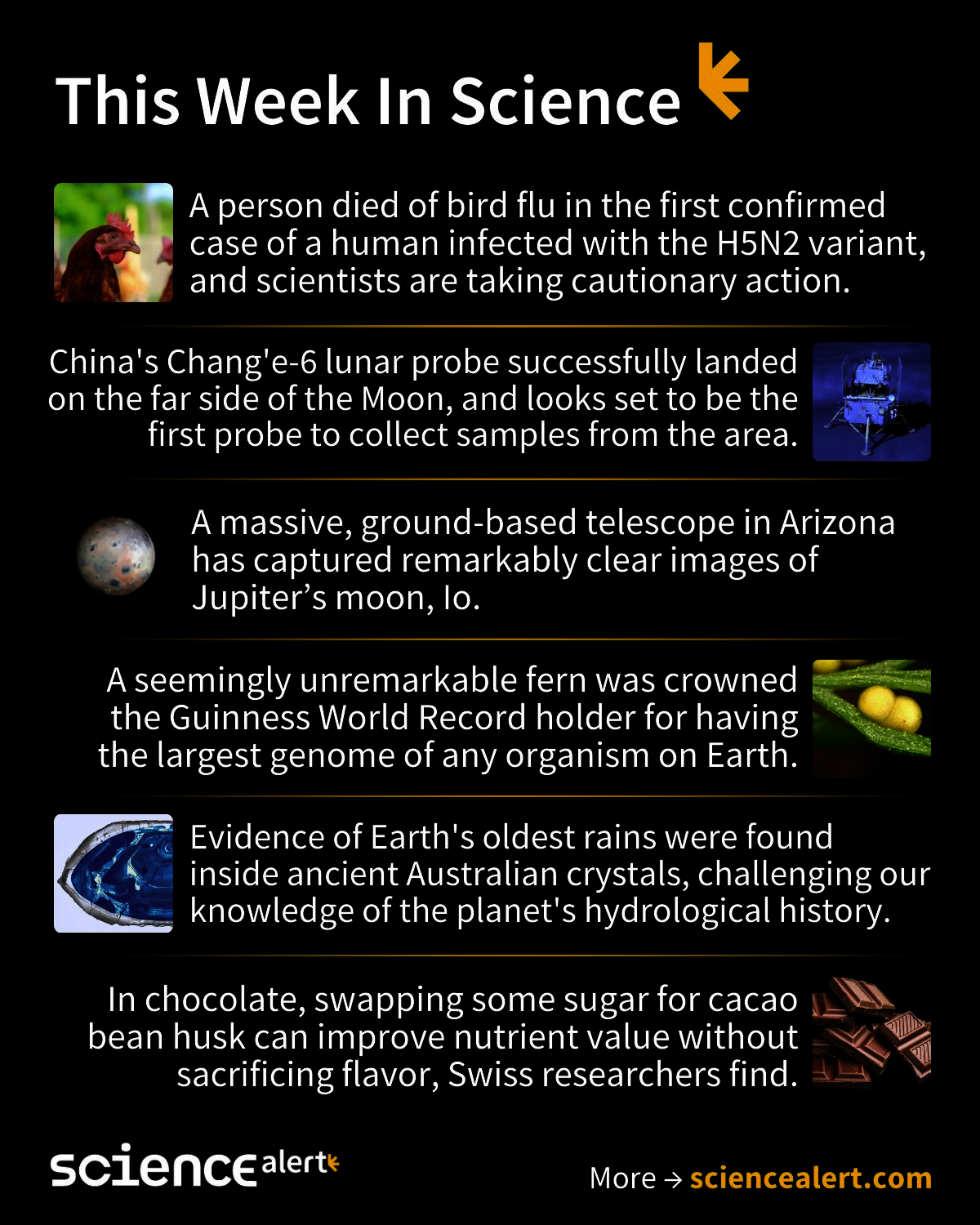https://onlinelibrary.wiley.com/doi/full/10.1111/jopy.12929
From the linked article:
Are all single people insecure? When we think about people who have been single for a long time, we may assume it’s because single people have insecurities that make it difficult for them to find a partner or maintain a relationship.
But is this true? Or can long-term single people also be secure and thriving?
Our latest research published in the Journal of Personality suggests they can. However, perhaps unsurprisingly, not everybody tends to thrive in singlehood. Our study shows a crucial factor may be a person’s attachment style.
Singlehood is on the rise
Singlehood is on the rise around the world. In Canada, single status among young adults aged 25 to 29 has increased from 32% in 1981 to 61% in 2021. The number of people living solo has increased from 1.7 million people in 1981 to 4.4 million in 2021.
At the same time, evidence suggests many single people are choosing to remain single and living happy lives.
Looking at our results more closely, we found four distinct subgroups of singles:
secure singles are relatively comfortable with intimacy and closeness in relationships (22%)
anxious singles question whether they are loved by others and worry about being rejected (37%)
avoidant singles are uncomfortable getting close to others and prioritise their independence (23% of younger singles and 11% of older long-term singles)
fearful singles have heightened anxiety about abandonment, but are simultaneously uncomfortable with intimacy and closeness (16% of younger singles and 28% of older long-term singles).
These findings should be considered alongside several relevant points. First, although most singles in our samples were insecure (78%), a sizeable number were secure and thriving (22%).
Further, simply being in a romantic relationship is not a panacea. Being in an unhappy relationship is linked to poorer life outcomes than being single.
